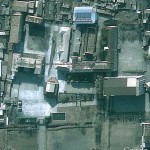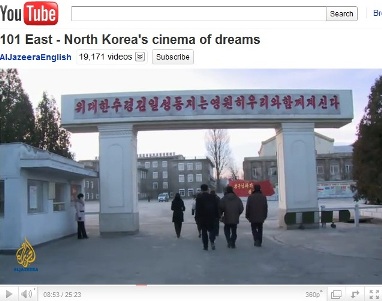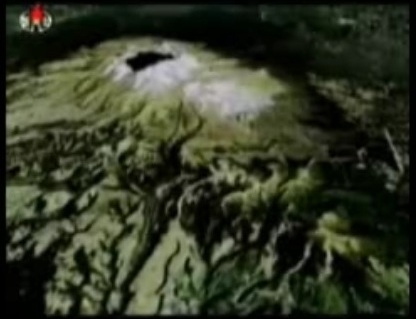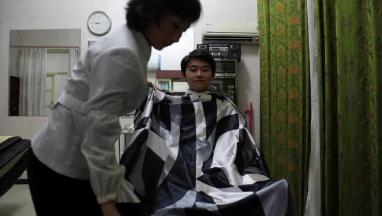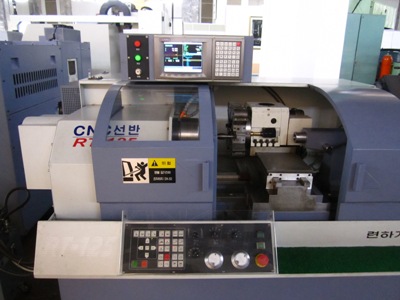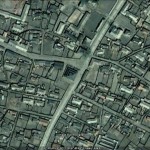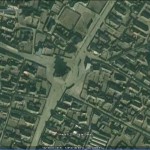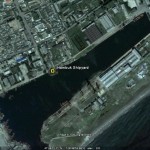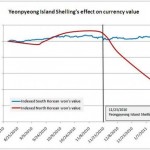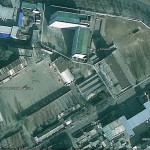Institute for Far Eastern Studies (IFES)
NK Brief No.11-02-18
2/18/2011
Despite the severed inter-Korean relations, Kaesong Industrial Complex related trade reached USD 1,442,860,000, surpassing last year’s figure (USD 940 million) by 53.4 percent.
Trade at Kaesong continuously rose since 2004, almost reaching USD 1 billion by 2009. Then it sharply jumped over the one billion mark last year in 2010.
A closer look at the numbers is as follows: 2004 (USD 41.69 million); 2005 (USD 176.74 million); 2006 (USD 298.79 million); 2007 (USD 440.68 million); 2008 (USD 884.40 million); 2009 (USD 940.55 million); 2010 (USD 1.44 billion).
This rise in trade brought the total trade figure up to USD 1.912 billion by 2010, an increase of 13.9 percent against last year’s total of USD 1.679 billion.
The number of total workers in North Korea reached 42,397 in March 2010, steadily increased to 44,958 in October, and reached 45,332 by November.
However, after the Cheonan incident, South Korea issued a suspension on inter-Korean trade, causing a drop in general trade and processing on commission.
General trade declined by 54 percent from 2009 to USD 117, 860, 000 while processing on commission was down by 22.5 percent to USD 317, 560, 000.
Consequently, the composition of the inter-Korean trade changed, contributing to the proportion of the trade in Kaesong to increase to 75.5 percent from 56 percent in 2009. General trade on the other hand, fell from 15.3 percent to 6.2 percent and processing on commission dropped from 24.4 percent to 16.6 percent from 2009.
In addition, commercial transactions — such as general trade and processing on commission — in Kaesong comprised 98.8 percent of total inter-Korean exchange while noncommercial activities like humanitarian assistance only reached 1.2 percent.
Also in 2010, a total of 13,119 South Koreans visited North Korea, which is an increase of 7.9 percent from the previous year (12,616 people). This is due to the rise in the number of people visiting the Kaesong Industrial Complex.
According to the Ministry of Unification, 94.5 percent (123,023) of the total visitors to the DPRK had involvement with the Kaesong Industrial Complex. This is an increase of 7.9 percent from 2009 (111,811 people).
In comparison, most of the noneconomic related visits to the DPRK declined since the Cheonan incident including socio-cultural exchanges and humanitarian assistance. With the implementation of the May 24 sanctions against North Korea, noneconomic related visitation to North Korea decreased 23 percent from 2,313 people to 1,773 from the previous year.
